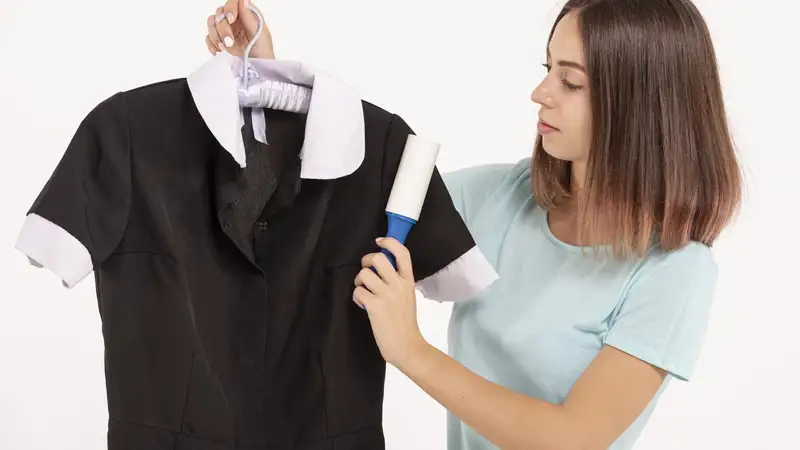
Does Aquaphor Stain Clothes?
Aquaphor is a popular ointment that many people use to treat dry skin, “does aquaphor stain clothes”minor burns, and other skin issues. Known for its effectiveness, Aquaphor has become a staple in many households. However, a common concern is whether this ointment can stain clothes. This article provides a comprehensive look at the potential for Aquaphor to cause stains on clothing and offers practical advice on how to handle any stains that do occur.
What Is Aquaphor?
Aquaphor is a healing ointment manufactured by Eucerin. It contains a blend of ingredients designed to moisturize and protect the skin. Its primary components include petrolatum (a form of petroleum jelly), mineral oil, ceresin, lanolin alcohol, and panthenol. These ingredients work together to create a barrier on the skin, which helps to retain moisture and promote healing.
Aquaphor’s thick, greasy texture makes it an effective remedy for dry skin, but it also means that it can be challenging to remove from clothing if it comes into contact with fabric.
How Does Aquaphor Interact with Fabric?
Aquaphor’s greasy nature means it can easily”does aquaphor stain clothes” transfer from the skin to fabric. Once it gets on clothes, it can leave behind a noticeable mark. The extent to which Aquaphor stains clothing depends on several factors:
- Fabric Type: Different fabrics react differently to stains. Natural fibers like cotton tend to absorb oils more readily than synthetic fibers. Therefore, Aquaphor may leave more noticeable stains on cotton clothing compared to polyester or nylon.
- Amount of Aquaphor: A small amount of Aquaphor might not be as noticeable and could be easier to clean compared to a larger quantity that has seeped deeply into the fabric.
- Duration of Contact: The longer Aquaphor sits on a fabric, the harder it will be to remove. Immediate treatment of the stain will yield better results.
How to Remove Aquaphor Stains
If you find yourself with an Aquaphor stain on your clothing, act quickly. Here are some effective methods for removing these stains:
1. Blot the Stain
Begin by blotting the stain with a clean cloth or paper towel. Do not rub the stain, as this can push the ointment further into the fabric fibers. Gently blot to absorb as much of the Aquaphor as possible.
2. Apply a Stain Remover
Once you’ve blotted up the excess Aquaphor, apply a stain remover to the affected area. Choose a stain remover that is designed to tackle grease and oil stains. Apply it according to the manufacturer’s instructions, and allow it to sit for a few minutes to break down the grease.
3. Pre-Treat with Dish Soap
Dish soap works well to break down oils and fats. Apply a small amount of liquid dish soap directly to the stain and gently rub it in with your fingers or a soft brush. Allow it to sit for about 15 minutes. Rinse the area with warm water to remove the soap and loosen the stain.
4. Wash the Clothing
After pre-treating the stain, wash the clothing in the hottest water temperature recommended on the care label. Use a quality laundry detergent that can handle grease and oil stains. Check the clothing before drying to ensure the stain is completely gone. Drying can set the stain, making it much more difficult to remove.
5. Repeat if Necessary
Sometimes, a single treatment may not be enough. If the stain persists after washing,”does aquaphor stain clothes” repeat the pre-treatment and washing steps. Avoid placing the clothing in the dryer until you are sure the stain is completely gone.
Tips for Preventing Aquaphor Stains
While it’s not always possible to prevent accidents, you can take steps to minimize the risk of Aquaphor staining your clothes:
- Apply with Care: When applying Aquaphor, try to avoid getting it on your clothing. Use a small amount and apply it carefully.
- Use a Barrier: Place a towel or old cloth over your clothing while applying Aquaphor to catch any drips or excess.
- Wear Protective Clothing: If you are using Aquaphor on areas of your body that are prone to clothing contact, consider wearing old or less valuable clothing to avoid potential stains.
Alternatives to Aquaphor
If you’re concerned about staining but need a moisturizing ointment, consider using alternatives that are less likely to cause stains. Some options include:
- Non-Greasy Moisturizers: Lotions and creams that do not contain petrolatum or heavy oils may be less likely to stain clothes.
- Barrier Creams: These creams often provide a protective layer without the greasy consistency of Aquaphor.
Conclusion
Aquaphor is an effective treatment for various skin issues,”does aquaphor stain clothes” but its greasy nature can lead to stains on clothing. Understanding how Aquaphor interacts with fabrics and knowing how to treat stains promptly can help minimize any potential damage. By following the outlined steps for stain removal and taking preventive measures, you can enjoy the benefits of Aquaphor while keeping your clothes looking their best. See More
